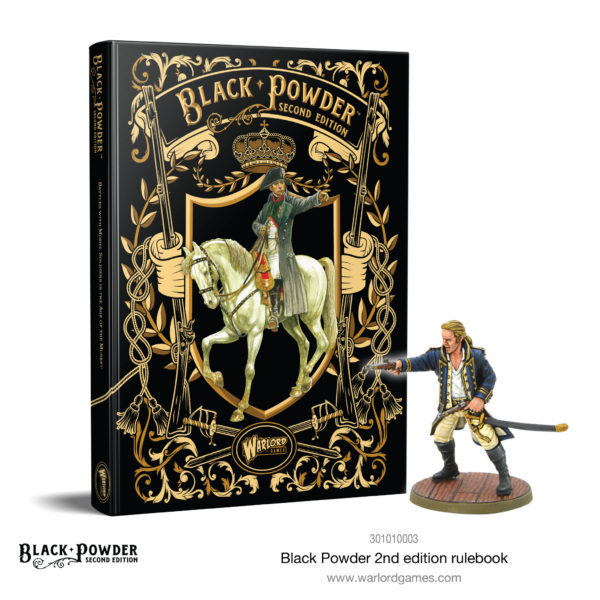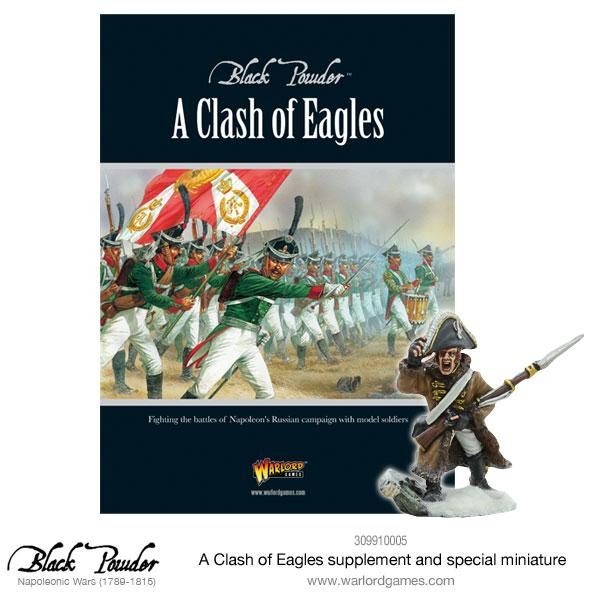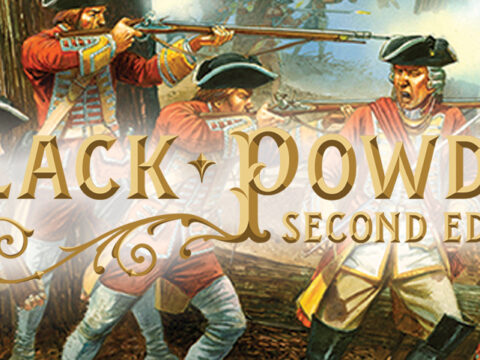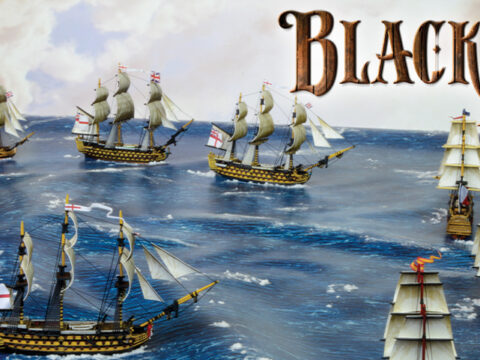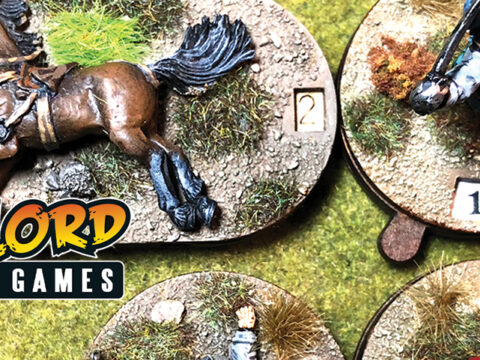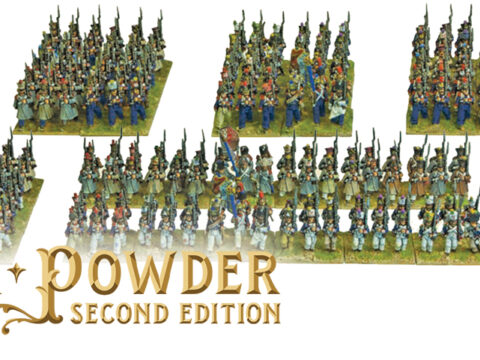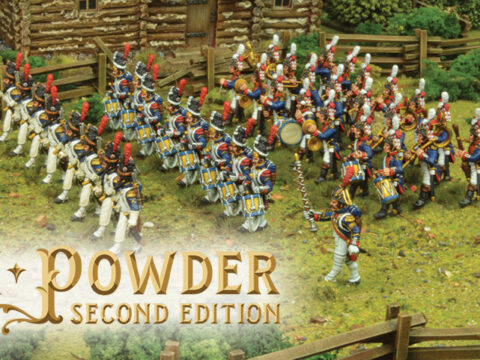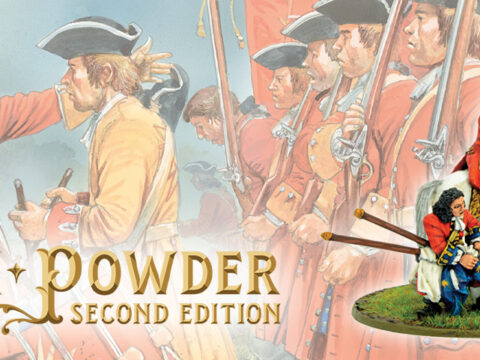At the end of last month, we explored Napoleon’s disastrous Russian campaign. This week, we’re looking at a particularly grim episode from the retreat – the battle at Berezina.
The Road to Berezina
After wasting five precious weeks in the smouldering ruins of Moscow, Napoleon’s army finally turned southward. After capturing Russia’s spiritual capital, the French had expected the Tsar’s regime to collapse, followed swiftly by an offer of surrender on Napoleon’s terms.
With winter closing in around the beleaguered French army and no offer of surrender forthcoming, they were forced to retreat.
Having already stripped the surrounding countryside bare of supplies, the French army wasted away from disease and starvation. After several major battles against the encroaching Russians and numerous raids that whittled away the army’s remaining strength, the French found themselves confronted with one last barrier:
The Berezina river.
River of Death!
Bolstered by reserves stationed near the river earlier in the campaign, the emaciated French army found itself with about 40,000 combat-capable soldiers but lacked cavalry and artillery. Pursuing them from two directions were several Russian armies, outnumbering the fleeing French two to one.
The French banked on crossing the frozen river, thus slipping the trap rapidly closing around them. Unfortunately, an early thaw had turned the river into an impassable barrier.
The Russians were closing fast – Tchichagov’s army of 34,000 held the west bank, while Wittgenstein’s army of 30,000 harried the French from the east. Having ordered the destruction of all bridging equipment some days earlier, it looked like Napoleon’s army would be surrounded and destroyed by the encroaching Russians.
Salvation came in the form of General Jean Baptiste Eble, commander of the Grand Armee’s engineers. Despite orders to the contrary, he’d salvaged his bridging equipment and his corps of crack Dutch engineers were ready to span the Berezina.
Battle is Joined
While Eble and his engineers worked in the inhospitable river where death from hypothermia and exposure was almost certain, the rest of the army readied itself for action.
As soon as the first 100-metre pontoon spanned the river, what remained of the French cavalry streamed across to establish a bridgehead, with the infantry hot on their heels. The army’s four Swiss infantry regiments acted as a rearguard, fighting a desperate delaying action against Wittgenstein’s advancing Russians.
A second bridge allowed the French to expand their defensive perimeter on the west bank, bolstered by artillery and a constant stream of infantry.
By the time Tchichagov realised the French were across the river, they had amassed sufficient forces to repulse repeated attacks while the remainder of their forces crossed, despite sustained assaults from Wittgenstein.
The last French units to cross were Marshal Victor’s corps, who broke away under the cover of darkness, supported by artillery fire from the west bank. With their forces consolidated in the west, the French were able to punch through Tchichagov and make good their escape.
Crossing the Berezina in Black Powder 2
A Clash of Eagles comes complete with two linked scenarios recreating the crossing of the Berezina. These scenarios can be played simultaneously, or one after another depending on the amount of space you have available and the size of your figure collection.
As the French, you’ll have to fight a series of desperate defensive actions while your troops withdraw, contending with stragglers and the advancing Russians. The Russian player has to act quickly and decisively to cut off the French retreat before destroying them in detail.
Get Black Powder 2!
Grab a copy of Block Powder from our webstore today, complete with a free Lucky Jack miniature!
